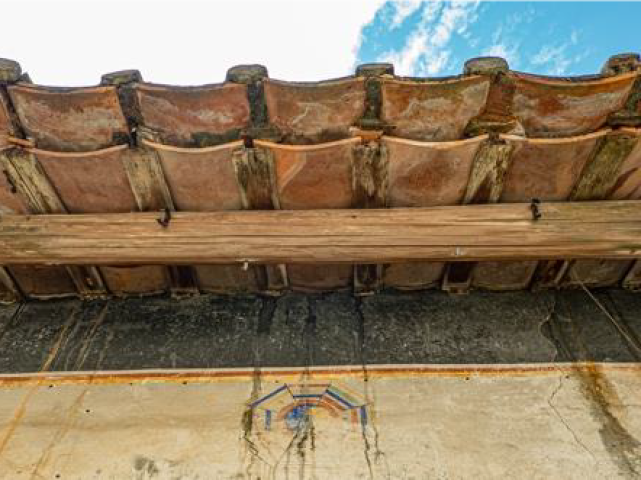
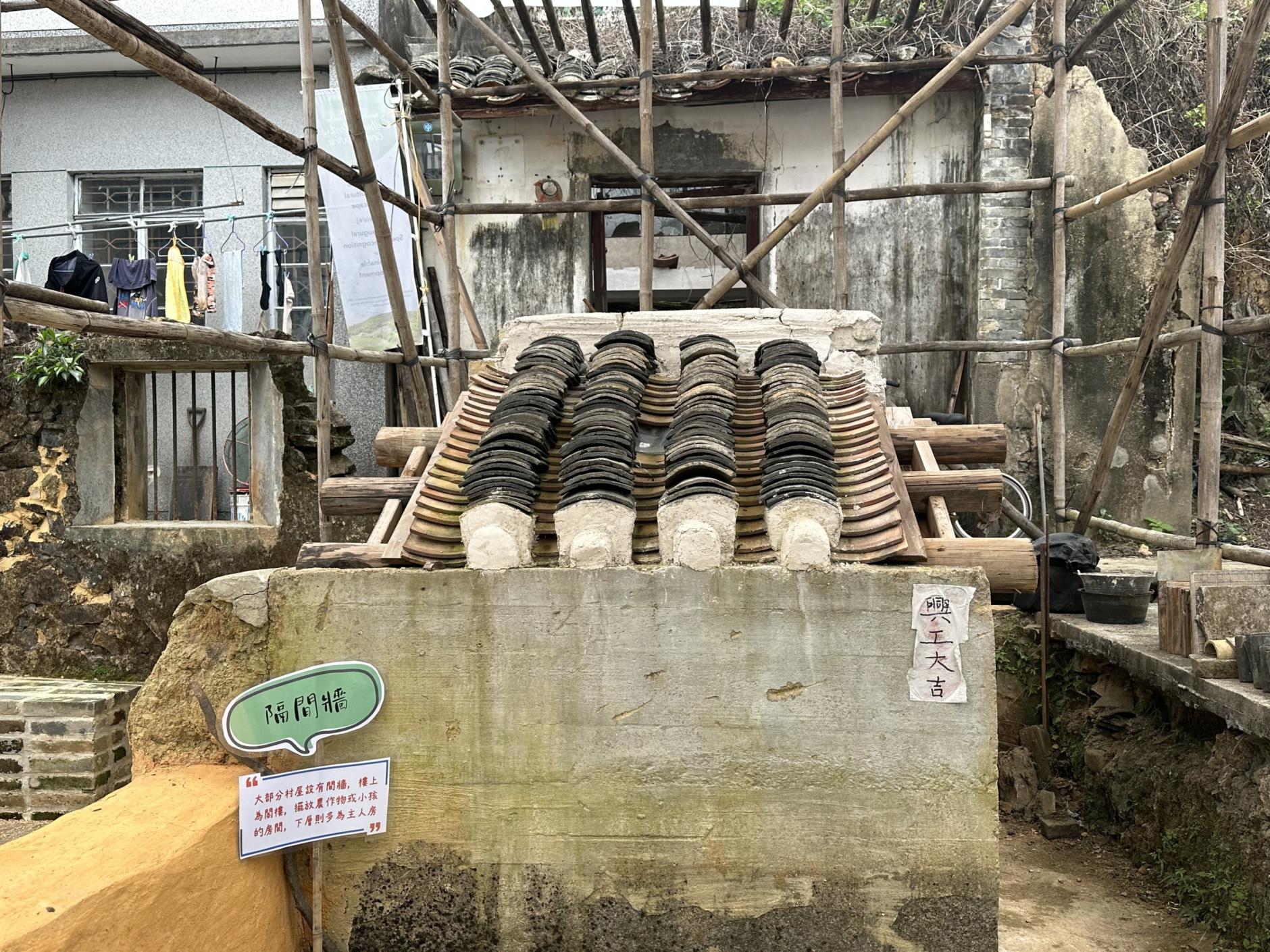

Traditional Craftsmanship and Cultural Inheritance in Lai Chi Wo
Project Description
The remote countryside of Hong Kong is on the gradual decline as the city sprawls, with many of the precious cultural heritages and traditions at risk of being lost. To raise public awareness on the conservation of cultures in the countryside areas, the project organisation has launched a series of experiential cultural activities in Lai Chi Wo, with the construction techniques of traditional Hakka vernacular architecture as the starting point to promote cultural rehabilitation.
Through workshops, guided tours, and demonstrations, the project enabled participants to gain the experience and learn about the traditional construction techniques in order to foster their understanding and appreciation to these cultural assets. Through hands-on practice and on-site teaching, the participants can also comprehend the uniqueness of Hakka architecture, as well as the history, culture, and wisdom behind it, in the good hope that they could bring these valuable knowledge and skills back to the city and share with more people.
Grant Approved
HK$1,976,460
Project Duration
01/01/2021 - 31/03/2023
How To Get There
1 | Ma Liu Shui Kaito Ferry |
• Every Saturday, Sunday, and Public Holidays
• Departure: Ma Liu Shui New Ferry Pier at 09:00
• Return: Lai Chi Wo Landing Steps at 15:30
2 | Tai Shui Hang Kaito Ferry |
• Every Tuesday and Thursday (excluding Public Holidays)
• Departure: Tai Shui Hang at 09:00
• Return: Lai Chi Wo Landing Steps at 15:40
3 | Sha Tau Kok Kaito Ferry |
• Closed Area permit needed
• Daily (No service on Tuesday (except Public Holidays))
• Departure: Sha Tau Kok Public Pier at 08:30、10:30、12:30、15:15
• Return: Lai Chi Wo Landing Steps at 09:00、11:30、13:00、16:15
4 | Minibus + Hiking |
• Take green minibus No. 20R from Tai Po Market MTR Station to Wu Kau Tang, then hike for about 2 hours to Lai Chi Wo
• Reference Route: Wu Kau Tang → A Ma Wat → Fan Shui Au → Lai Chi Wo
Project Update
The project was completed on 31 March 2023.
Project Outcome
The project collaborated with the masters who are familiar with Hakka vernacular architecture and the associated construction techniques to co-organise a series of learning activities and introduce this soon-to-be-lost knowledge to the participants. After the activities, the participants generally gained a better appreciation to the Hakka architectural techniques and understanding to the sustainable development of remote villages.
The knowledge of these traditional craftsmanship has also been documented in detail, so as to pass on the positive outcomes arising from the project.
Project Website & Social Media Platform
Project Story

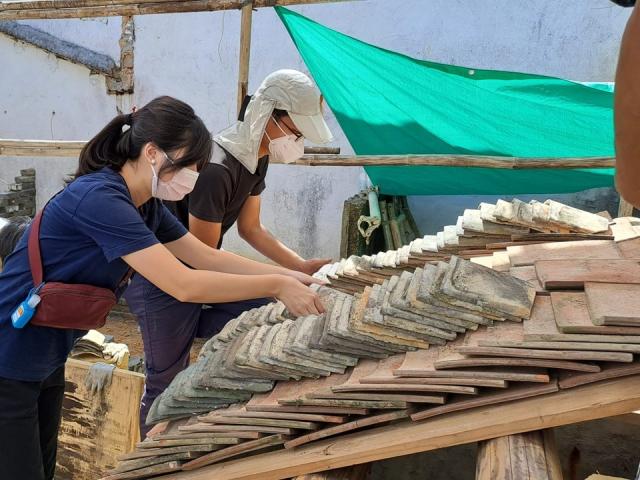
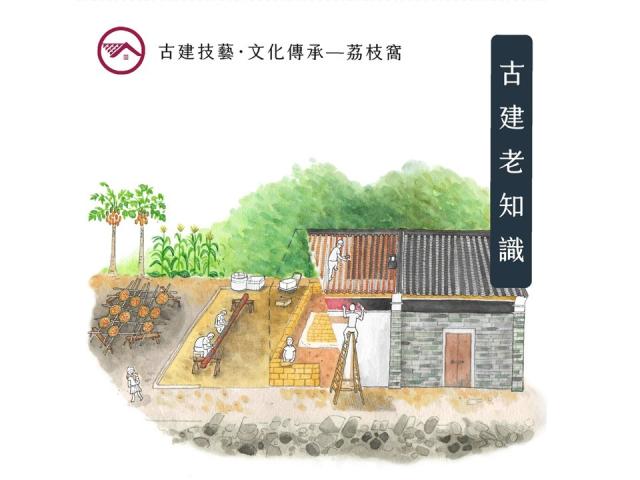
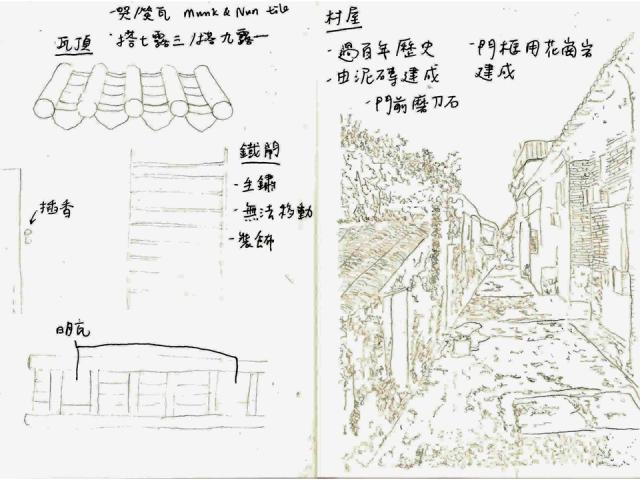
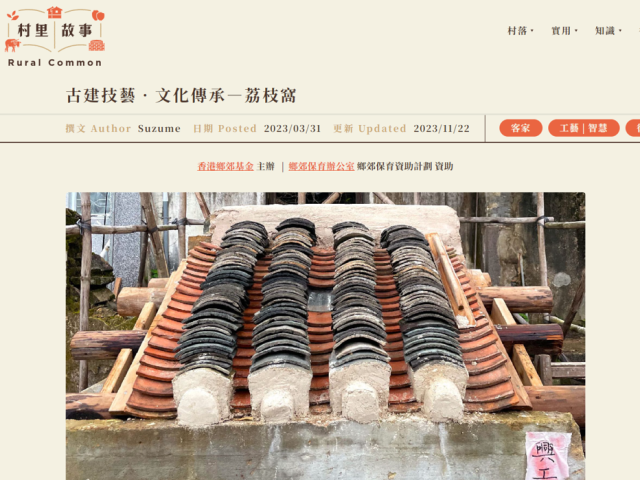
 Home
Home













